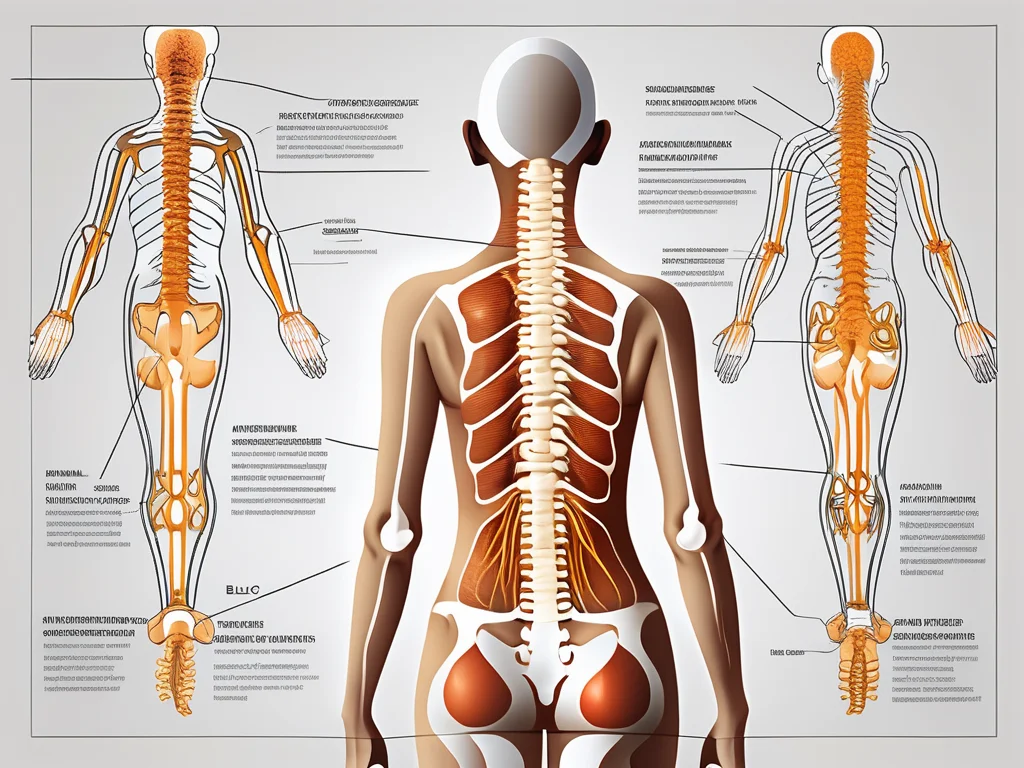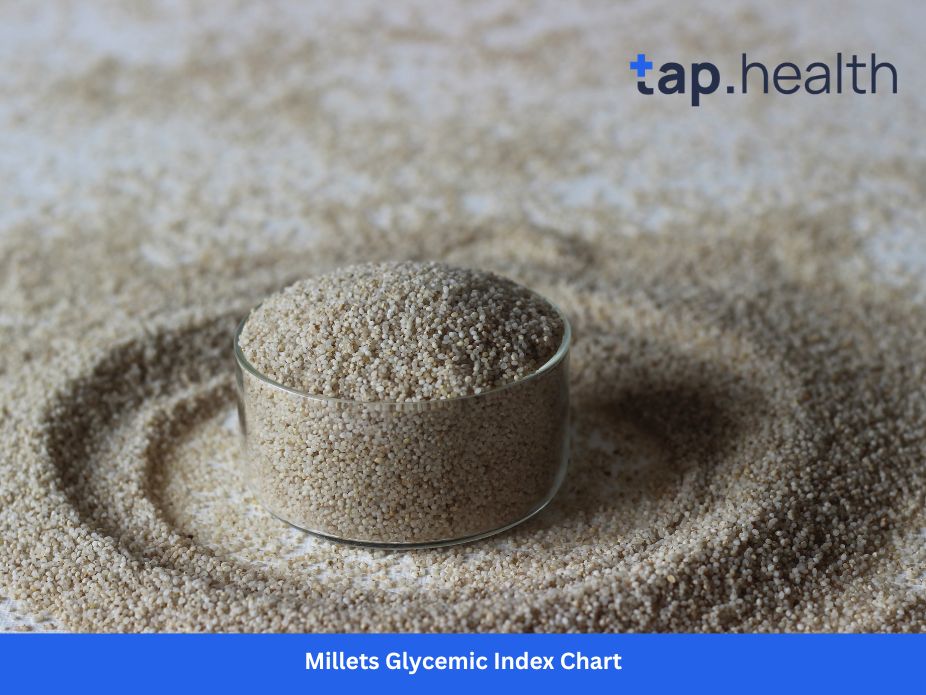Lumbar spondylosis is a degenerative condition affecting the lower back, causing pain, stiffness, and mobility issues. This comprehensive guide explores its symptoms, causes, risk factors, diagnostic methods, and treatment options, including lifestyle changes for relief and prevention. Below, we answer key questions about lumbar spondylosis in a concise, blog-style format, incorporating LSI keywords like “lower back pain,” “spinal degeneration,” and “back health.”
What Is Lumbar Spondylosis?
Lumbar spondylosis refers to degenerative changes in the lumbar spine (lower back), including wear and tear of intervertebral discs and vertebrae. It often results from aging, lifestyle factors, or repetitive stress, leading to symptoms like pain and reduced mobility.
The lumbar spine, consisting of five vertebrae (L1-L5), supports the upper body and facilitates movements like bending and twisting. Intervertebral discs act as shock absorbers, while ligaments and muscles provide stability. Over time, degeneration in these structures can cause discomfort and impair function.
Key Points:
- Affects the lower back (lumbar spine).
- Involves disc degeneration and bone spur formation.
- Common in older adults but can occur earlier due to lifestyle factors.
What Are the Symptoms of Lumbar Spondylosis?
Recognizing the symptoms of lumbar spondylosis is critical for timely intervention. Common signs include:
Lower Back Pain
- Dull, aching, or sharp pain in the lower back.
- Pain may radiate to the buttocks or legs.
- Worsens with prolonged sitting, standing, or movement.
Stiffness and Mobility Issues
- Reduced range of motion in the lower back.
- Difficulty bending, twisting, or lifting objects.
- Muscle spasms and challenges with balance or walking.
Key Points:
- Symptoms vary in intensity and may disrupt daily activities.
- Persistent or worsening symptoms require medical evaluation.
What Causes Lumbar Spondylosis?
Lumbar spondylosis results from a combination of natural aging and external factors that accelerate spinal degeneration.
Age-Related Degeneration
- Intervertebral discs lose water content and elasticity over time.
- Reduced disc height increases pressure on vertebrae and nerves.
- Bone spurs (osteophytes) may form, contributing to nerve compression.
Lifestyle and Environmental Factors
- Poor posture strains the lumbar spine.
- Obesity adds excess weight, increasing spinal stress.
- Repetitive activities like heavy lifting or twisting heighten risk.
- Sedentary lifestyles weaken supportive muscles, worsening degeneration.
Key Points:
- Aging is the primary cause, but lifestyle plays a significant role.
- Risk factors include poor posture, obesity, and repetitive strain.
How Does Lumbar Spondylosis Affect Spinal Structures?
Lumbar spondylosis impacts the spine’s discs, vertebrae, and nerves, leading to structural and functional changes.
Disc Degeneration
- Discs lose hydration, becoming thinner and less flexible.
- Reduced cushioning increases friction between vertebrae.
- May lead to herniated discs or nerve compression.
Bone Spurs and Spinal Stenosis
- Bone spurs form as the body attempts to stabilize the spine.
- These growths can narrow the spinal canal (spinal stenosis).
- Compressed nerves cause pain, numbness, or weakness in the legs.
Key Points:
- Degenerative changes reduce spinal flexibility and nerve function.
- Spinal stenosis is a common complication of lumbar spondylosis.
How Is Lumbar Spondylosis Diagnosed?
Accurate diagnosis is essential for effective treatment. Healthcare providers use a combination of clinical evaluation and imaging to confirm lumbar spondylosis.
Diagnostic Procedures
- Physical Examination: Assesses pain, range of motion, and neurological symptoms.
- Imaging Tests:
- X-rays: Detect bone spurs and vertebral alignment issues.
- MRI/CT Scans: Visualize disc degeneration, spinal stenosis, and nerve compression.
Key Points:
- Imaging helps identify the extent of degeneration.
- Early diagnosis improves treatment outcomes.
What Are the Treatment Options for Lumbar Spondylosis?
Treatment for lumbar spondylosis focuses on pain relief, improving mobility, and slowing degeneration. Options include medical therapies and lifestyle changes.
Medical Treatments
- Medications:
- Nonsteroidal anti-inflammatory drugs (NSAIDs) reduce pain and inflammation.
- Muscle relaxants alleviate spasms.
- Analgesics manage severe pain.
- Physical Therapy:
- Strengthens core and back muscles.
- Improves flexibility and posture.
- Includes modalities like heat/cold therapy for pain relief.
Surgical Options
- Reserved for severe cases with significant nerve compression or spinal stenosis.
- Procedures like laminectomy or spinal fusion may be considered.
Key Points:
- Non-invasive treatments are preferred initially.
- Surgery is a last resort for persistent symptoms.
How Can Lifestyle Changes Help Manage Lumbar Spondylosis?
Lifestyle modifications can alleviate symptoms and improve spine health.
Exercise for Back Health
- Low-impact activities (e.g., walking, swimming, yoga) strengthen spinal muscles.
- Core exercises improve stability and reduce strain.
- Stretching enhances flexibility and reduces stiffness.
Posture and Ergonomics
- Maintain neutral spine alignment during sitting and standing.
- Use ergonomic chairs or lumbar supports to reduce stress.
- Avoid prolonged sitting or improper lifting techniques.
Weight Management
- Maintaining a healthy weight reduces pressure on the lumbar spine.
- A balanced diet supports disc hydration and overall health.
Key Points:
- Regular exercise and proper posture are critical for symptom relief.
- Lifestyle changes complement medical treatments.
When Should You Seek Medical Attention?
Seek medical care if you experience:
- Persistent or worsening lower back pain.
- Numbness, tingling, or weakness in the legs.
- Difficulty walking or maintaining balance.
- Bowel or bladder dysfunction (a medical emergency).
Key Points:
- Early intervention prevents complications like chronic pain or nerve damage.
- Consult a healthcare provider for tailored treatment plans.
How Can You Prevent Lumbar Spondylosis?
While aging is inevitable, certain practices can minimize the risk or severity of lumbar spondylosis.
Preventive Measures
- Exercise Regularly: Strengthen core and back muscles to support the spine.
- Maintain Proper Posture: Avoid slouching and use ergonomic supports.
- Healthy Weight: Reduce spinal stress through diet and exercise.
- Avoid Repetitive Strain: Use proper techniques for lifting and bending.
Spine Health Practices
- Stay hydrated to support disc health.
- Incorporate stretching into daily routines.
- Schedule regular check-ups to monitor spine health.
Key Points:
- Proactive measures reduce the risk of degeneration.
- Consistent spine health practices promote long-term mobility.
Conclusion
Lumbar spondylosis is a common condition that affects the lower back due to degenerative changes in the spine. Understanding its symptoms, such as lower back pain and stiffness, and causes, like disc degeneration and bone spurs, is crucial for early diagnosis and effective management. Through medical treatments like physical therapy, medications, and lifestyle changes such as exercise and posture improvement, individuals can alleviate symptoms and enhance spine health. Preventive measures, including regular exercise and maintaining a healthy weight, further support long-term back health. If you experience persistent or severe symptoms, consult a healthcare professional promptly to ensure proper care and avoid complications.



